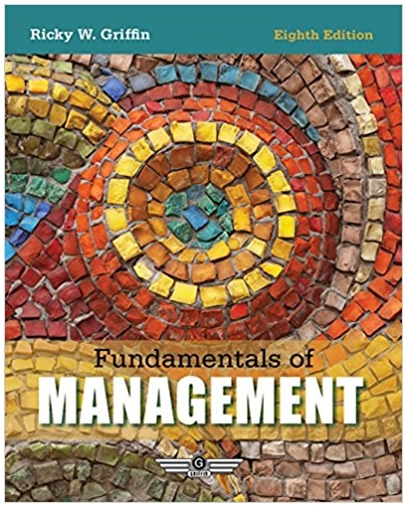Answered step by step
Verified Expert Solution
Question
1 Approved Answer
Consider a continuous flow OJ production line with three steps in sequence, Extraction, Filtration, Pasteurization / Sterilization, and the following process data. Step E =
Consider a continuous flow OJ production line with three steps in sequence, Extraction, Filtration, Pasteurization / Sterilization, and the following process data. Step E = Extraction F = Filtration P = Pasteurization / Sterilization 90 bbls/hour No setup Max Production Rate Setup Time Info 75 bbls/hour No setup (single orange type) 100 bbls/hour Setup of 30 minutes after each 120 minutes of run time 1. (10 points) Calculate the process capacity of this OJ line with ample buffers between steps, EVF VP? Note, FYI: bbls = barrels ~ 40 gallons ~ 300 pounds of OJ. Calculate the process capacity of the line with no buffers between steps, EFP? Which step is the flow bottleneck (restricts flow when the process steps are running), which step is the time bottleneck (restricts flow because it has the highest downtime with no production)? Which step is clearly not a bottleneck? 2. (10 points) What is the minimum storage buffer(s) you need to add to the line with no buffers (where and how much) to increase the line's process capacity to the case with ample buffers? Will only adding buffers to the line with no buffers increase process capacity more or will only reduction of the Filtration setup time by 50% (from 30 minutes to 15 minutes)? Explain briefly. om below with R1 = R2 = 1 and p=0.85.

Step by Step Solution
There are 3 Steps involved in it
Step: 1

Get Instant Access to Expert-Tailored Solutions
See step-by-step solutions with expert insights and AI powered tools for academic success
Step: 2

Step: 3

Ace Your Homework with AI
Get the answers you need in no time with our AI-driven, step-by-step assistance
Get Started


